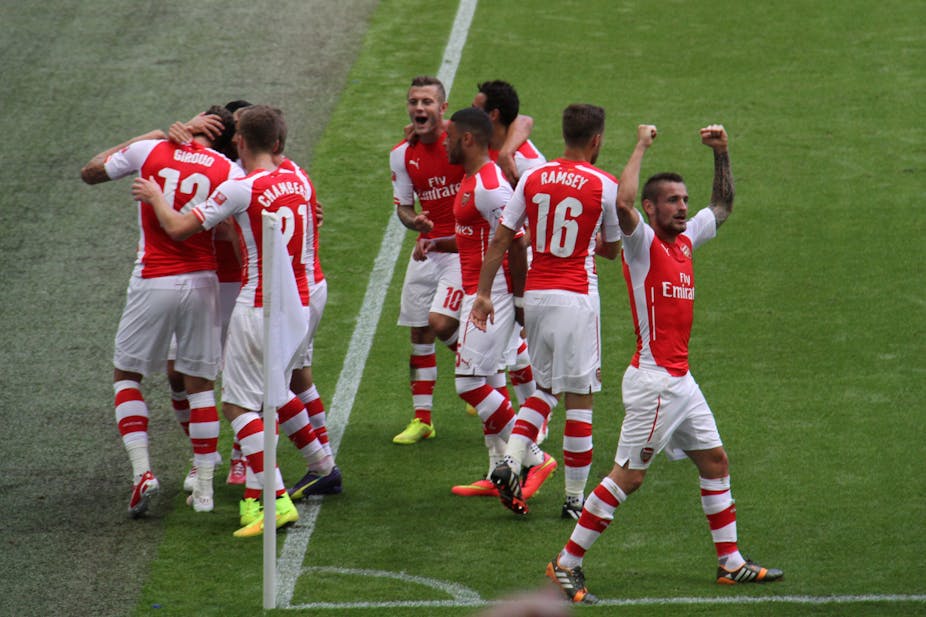Rugby players are starting to glance enviously at the other football’s English Premier League, which is heading for its first £1 billion transfer season with prices for top players rising towards £100m. Entering their world cup year, rugby’s premiership players still exchange at bargain prices. A salary cap of £5m means that even the best can expect to earn, in a full season, no more than their soccer peers will have taken home by Christmas.
Star players in rugby and other sports are preparing to fight present pay curbs, using labour laws designed to protect the low-paid punters in the stands. Premiership rugby’s salary cap is already under strain as clubs vie to attract and retain top talent. But fans who back a lifting of the cap, hoping it will fill their teams with superstars, may be in for a shock when they see what lies beneath it.
Cap in hand
Salary caps play an important role in several professional sports, preventing the emergence of “superteams”. Such squads can monopolise all contests just by buying up the best players, which in turn can bring ruinous cost escalation if several teams bid for them. By restricting the budget needed to field a top team, caps keep leagues more competitive and results unpredictable, retaining audiences and so boosting all teams’ income from ticket sales and television rights.
In the US, strict ceilings on individual and team pay have been essential for keeping competitions balanced and elite-free, where deep pockets would otherwise dominate. The National Basketball Association imposed a pay cap as early as 1946, and re-introduced it in 1984. Motor racing’s new Formula E is using a 2.5m euro budget cap to attract a range of evenly-matched teams, sadly lacking from recent seasons of the uncapped Formula 1.

While US baseball fans resist any tightening of their very loose cap, it is not clear who (except the players) gains from the resultant stratospheric salaries. There is little evidence that standards of play have risen over time, or that competitive bidding distributes talent more efficiently than restricted forms of bargaining.
Top footballers’ pay is notoriously skewed by what economists Robert Frank and Philip Cook call the “winner-takes-all effect”, in which a tiny advantage (of athlete’s speed, singer’s oral acoustic, model’s facial symmetry) earns a disproportionate pay differential. The insatiable demand for this infinitesimal edge enables its holder to capture vast rents, sometimes putting them beyond reach of even the most adoring fans.
Indeed, the recent escalation of top company managers’ pay – untamed by a recession that brought real wage cuts for most of those they manage – suggests the same remorseless rent-seeking has spread into the boardroom. Some top economists (whose differential over junior scribblers like myself remains relatively modest) point to potential advantages in a salary cap for the economy as a whole.
Fans pay the price
In team sports, individual pay caps recognise that the “stars” who score the most goals or points rely on less visible supporting contributions. Uncapped salaries may unduly glorify the flash-bulbed striker over the dogged defender, luring players to target the vain solo run, rather than pass to team-mates who are better placed to score.

It may be no coincidence that the English Premier League’s runaway pay has left many of its top clubs with top-heavy forward lines and leaky defences. In European competition they’ve often been humbled by teams such as Bayern Munich that charge the fans less by paying most players less. Germany’s Bundesliga ran on a budget of 2.2 billion euros (£1.7 billion) in 2012-13, evenly shared between gate receipts, television fees and sponsorship The English Premier League’s comparable season cost more than £2.5 billion, the difference largely caused by runaway player pay.
The effectiveness of salary caps in sports is not undisputed. They can still make it possible – and even cheaper – for rich club owners to assemble an “all-star” line-up, and other side-effects have been noted. A US National Football League cap on “rookie” players may have encouraged those still in college to cut short their education.
Players go for gold
Even if they do deliver better quality competitions at lower cost, salary caps are being tackled with growing ferocity by the players chafing under them. The most sought after players can already dodge one country’s salary cap by moving to another, an option that has forced big rises in rugby’s premiership cap in recent seasons. The next crop of superstars will seek to leverage their talents without leaving home.
Sports stars’ (inevitably expensive) lawyers are already limbering up to challenge administrators’ rights to curb their pay. Laws designed to protect low-paid workers against powerful employers may soon be used to help the professional sports elite extract even more generous rewards from already cash-strapped clubs. Football governing body FIFA has backed away from capping pay, and kept its “financial fair play” rules fuzzy, in the face of legal challenges – mounted (perhaps ironically) by football fans, who argue that they discriminate against large clubs.
Salary caps’ legality is an unresolved issue, which Europe’s rulemakers have so far kicked into touch. The EU may have signalled willingness to defend the principle, by fending-off objections to its bankers’ bonus cap, but the cost of matchday could soon escalate if fans don’t curb their enthusiasm for eight-figure signings and huge salaries.

